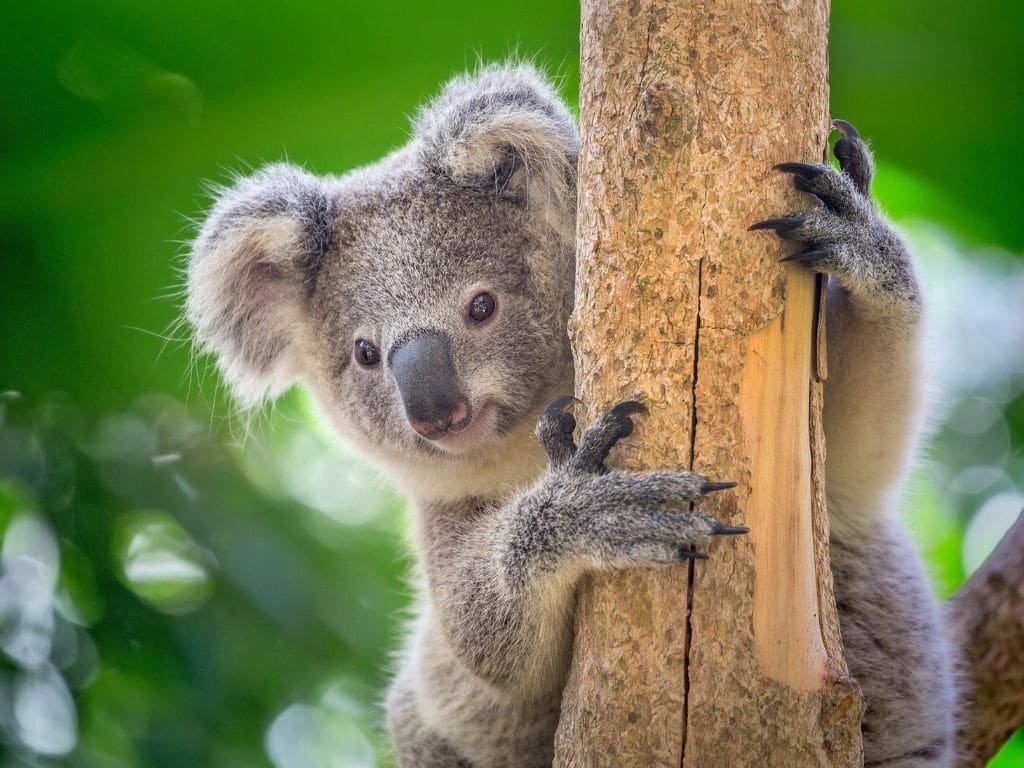Koala population numbers have plummeted down from eight million to 32,000 in the past three years amidst growing fears that the marsupial will go extinct.
—
What is Happening?
- Australia’s koala population experienced an alarming 30% drop in the past three years, according to a new report.
- Land clearing for urban development, severe droughts and increasing bushfires, both of which exacerbated by climate change, are all contributing factors.
- The country’s famous symbol is now extinct in seven regions.
The koala population in Australia has reportedly declined by 30% in just the span of three years due to droughts, bushfires, and tree loss for land use.
According to new data released by the Australian Koala Foundation (AKF), the number of koalas in the country has plummeted from 80,000 in 2018 down to around 32,065 – 57,920 in the wild, and that the marsupial is now extinct in seven regions. New South Wales experienced the worst loss in population with a 41% decline in koala numbers.
Every region across Australia saw a decline in population and zero evidence of any upward trends. In some areas, the loss has led to only five to 10 koalas remaining.
The drastic decline in population numbers in the country, particularly in New South Wales, has been partly driven by the devastating bushfires in late 2019 and early 2020. The risk of wildfires will only increase and exacerbated by the effects of climate change, in which eucalyptus forest where koalas live are expected to suffer further impacts in the next 50-100 years.
Another contributing factor in the decline in the severe droughts in recent years, destroying large areas of the mammal’s habitat and food source.
“What we’re concerned about is places like western New South Wales where the drought over the last 10 years has just had this cumulative effect – river systems completely dry for years, river red gums, which are the lifeblood of koalas, dead,” said AKF chair Deborah Tabart to Reuters.
“I just think action is now imperative. I know that it can just sound like this endless story of dearth and destruction, but these figures are right. They’re probably worse,” adds Tabart.
She places the blame for population decline on all political parties for not stepping up and doing enough to protect Australia’s symbol, including allowing property developers and road building wreaking the koala’s habitats to make way for land.
“I think everyone gets it, we’ve got to change. But if those bulldozers keep working, then I really fear for the koalas,” Tabart said.
She is urging lawmakers to introduce a much-needed protection law and hopes to see a “Great Koala Trail” built across eastern Australia to help koala populations grow once more.
You might also be interested: Koalas Will Become Extinct By 2050 Without ‘Urgent’ Government Intervention- Study


















